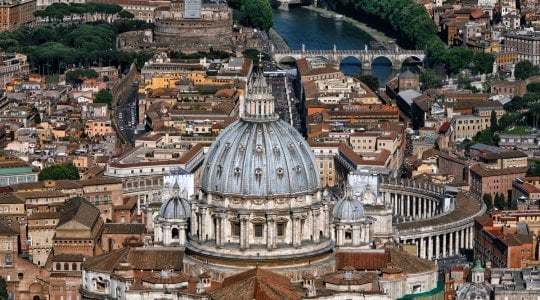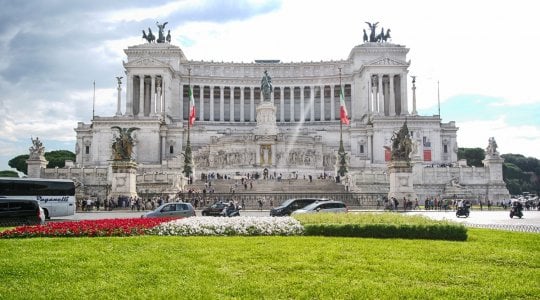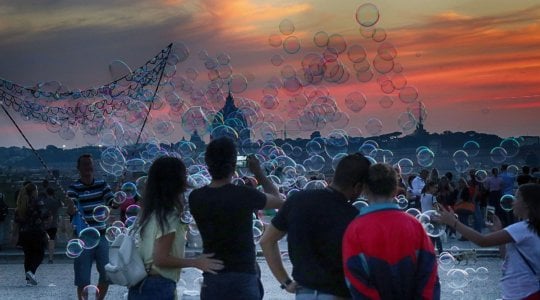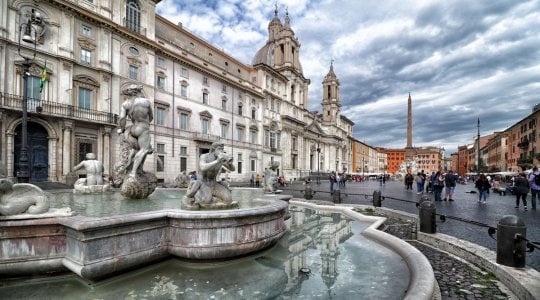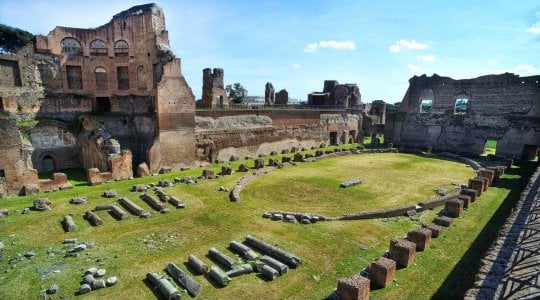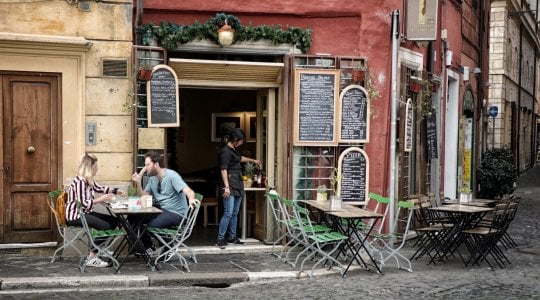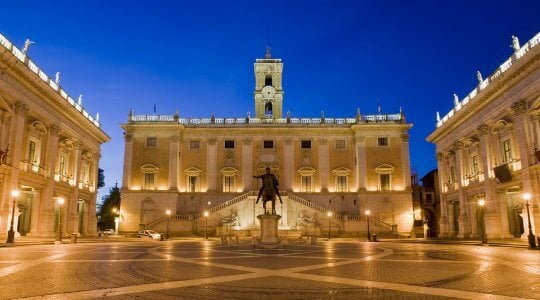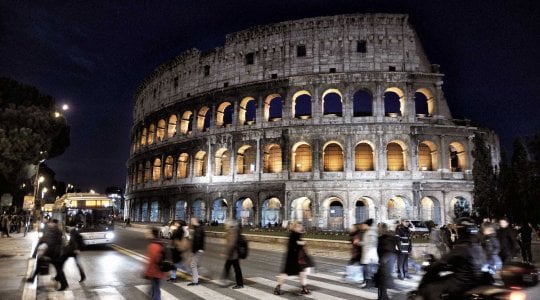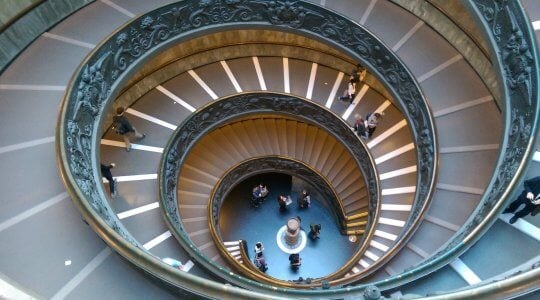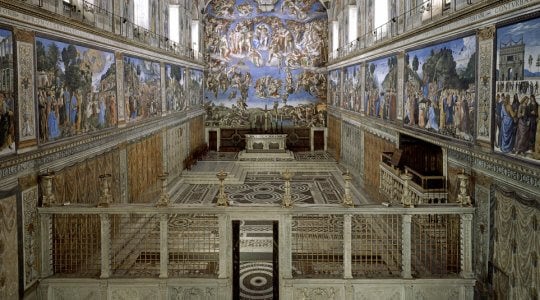Official Reseller Rome and Vatican – Jubilee 2025
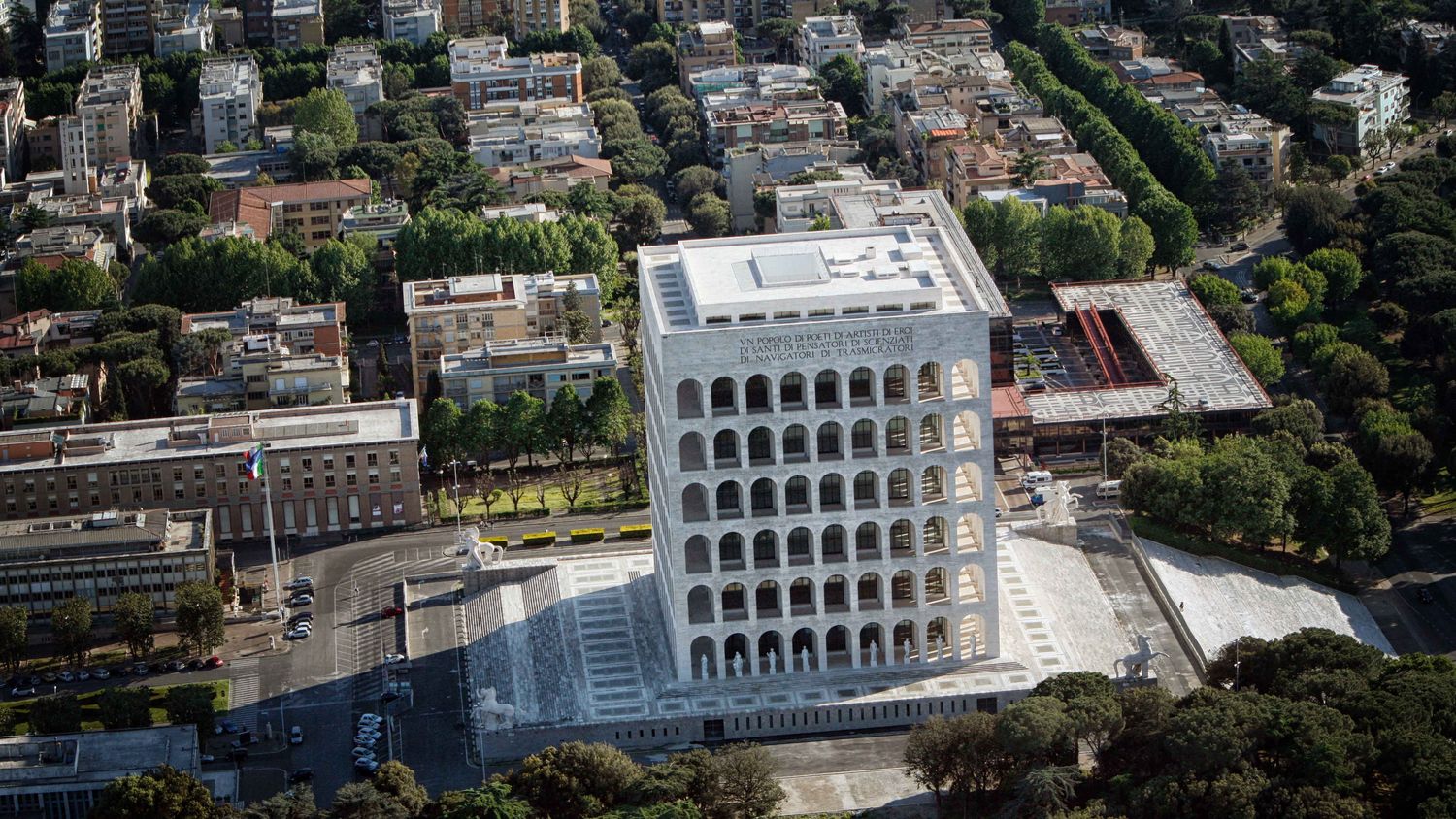
Rome neighborhoods: EUR
EUR zone (now called Europa) is located in the south of Rome, within the Grande Raccordo Anulare.
The EUR zone over time
The banner of the Fascist period, this zone was born in 1935 at the behest of Benito Mussolini and in anticipation of the 1942 Universal European Exhibition. A walk through the streets of the neighborhood immediately reveals its rationalist personality and the grandeur of its buildings. The works for its construction were fast and very demanding. From the fervent activity of some architects, including Piacentini, the first imposing and geometric constructions were born, such as the square Colosseum, the Obelisk and the Basilica of Saints Peter and Paul. The post-war period tells of a destroyed neighborhood, few standing buildings and so much desolation. In 1952 the slow but steady reconstruction began, which led the zone to be one of the fundamental reference points for Rome in the 1980s.
The EUR zone today
EUR is a very unique area: it has wide streets, huge buildings in white marble, and a privileged position with the Tiber to the west and Laurentina to the east, which make it a flagship of the entire urban area. In recent years, both private and office buildings and shopping centers have increased exponentially, with the construction of very modern skyscrapers and of buildings with original architecture. In this area there are some of the most important structures in Rome such as, among others, three ministries, the SIAE and the headquarters of Poste Italiane.
At the same time, EUR is a * natural oasis * made of greenery and ample spaces in which you can seek refreshment from the city smog. In its central part it includes the so-called Laghetto dell’EUR: a picturesque navigable lake, with fountains, water games and a large park where there are gorgeous cafes and different attractions for the little ones.
The neighborhood is one of the most loved scenes from cinema and advertising, thanks to the famous * square Colosseum * (the Palazzo della Civiltà), to the Obelisk of Dazzi dated 1959, to the modern Obelisk of Pomodoro up to the famous Italy Congress Center with the fascinating Cloud of Fuksas.
Where to go in EUR
EUR zone lends itself to tourist visits of various kinds: from a walk to admire the architectural structures already mentioned, to fun for children, up to a few hours dedicated to shopping. Here is, in fact, * Euroma2 * that one of the main shopping centers of the city.
Besides the attractions reserved for early childhood, such as the Luneur or the Planetarium, it is also possible to enjoy pleasant sporting activities surrounded by the relaxing nature of the Laghetto.
Nevertheless, EUR is not a place just for families. We must not be deceived by the childish shouting or by the daily chaotic bustle of people in suits and ties. In the early evening light, in fact, EUR turns into a club where music, fun and glamor go hand in hand. In this area, there are some of the best nightclubs in Rome: Room 26, renowned for having one of the best acoustic systems in Europe; Spazio 900, in a scenic location and many others. From fast food to the Michelin star panoramic restaurant * Il Fungo * (a visit to enjoy the unique view is highly recommended!), EUR is a zone accessible to all budgets. Well connected to the other city areas by the famous Cristoforo Colombo arterial road, it is excellently served by trams, internal bus lines and the Metro B. Moreover, it is a stone’s throw away from the Roman archaeological wonders. In the eastern part of the neighborhood stands the Appia Antica Park, a real dive into the past where imperial Rome is echoed in every single sampietrino.
